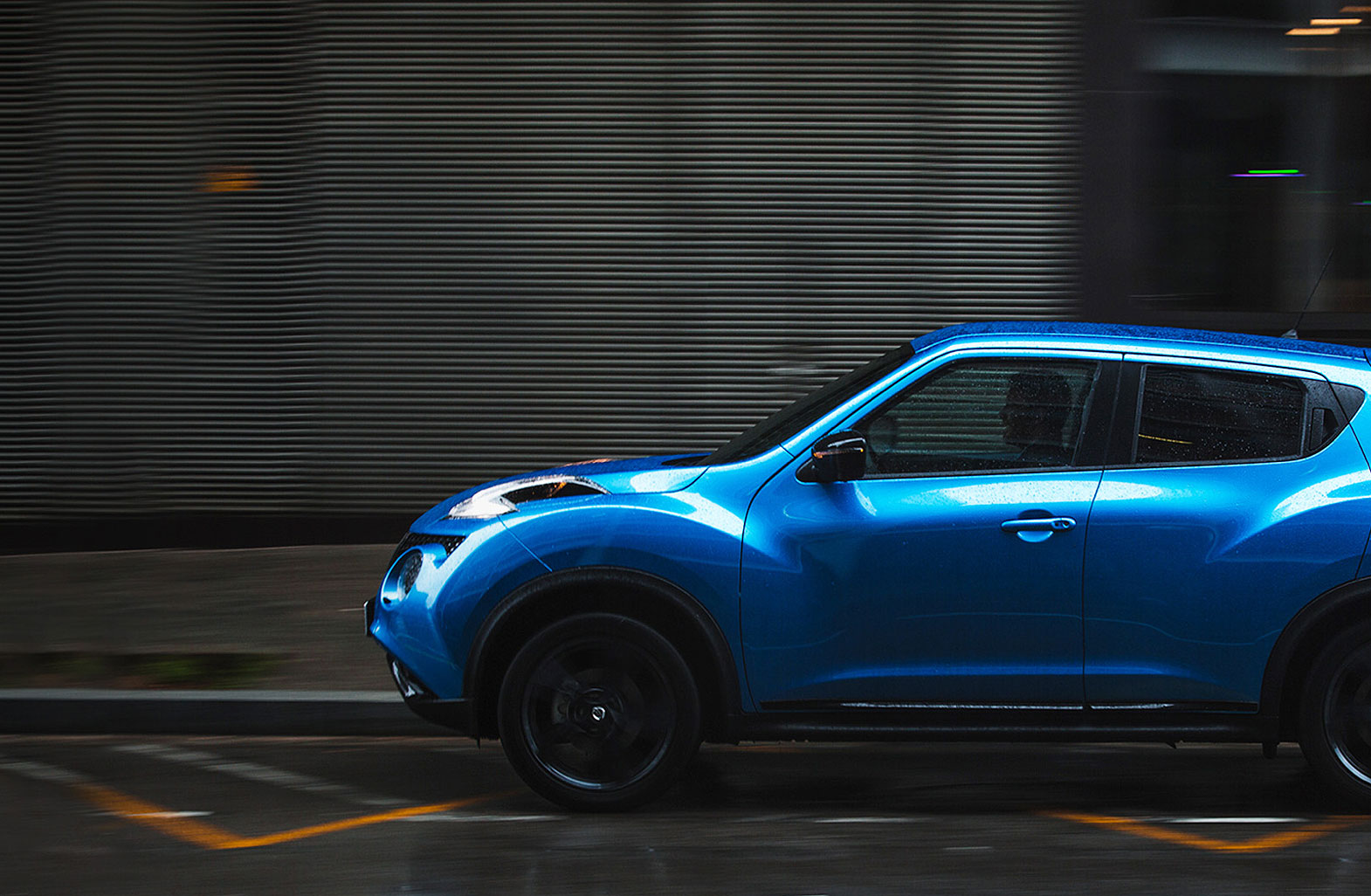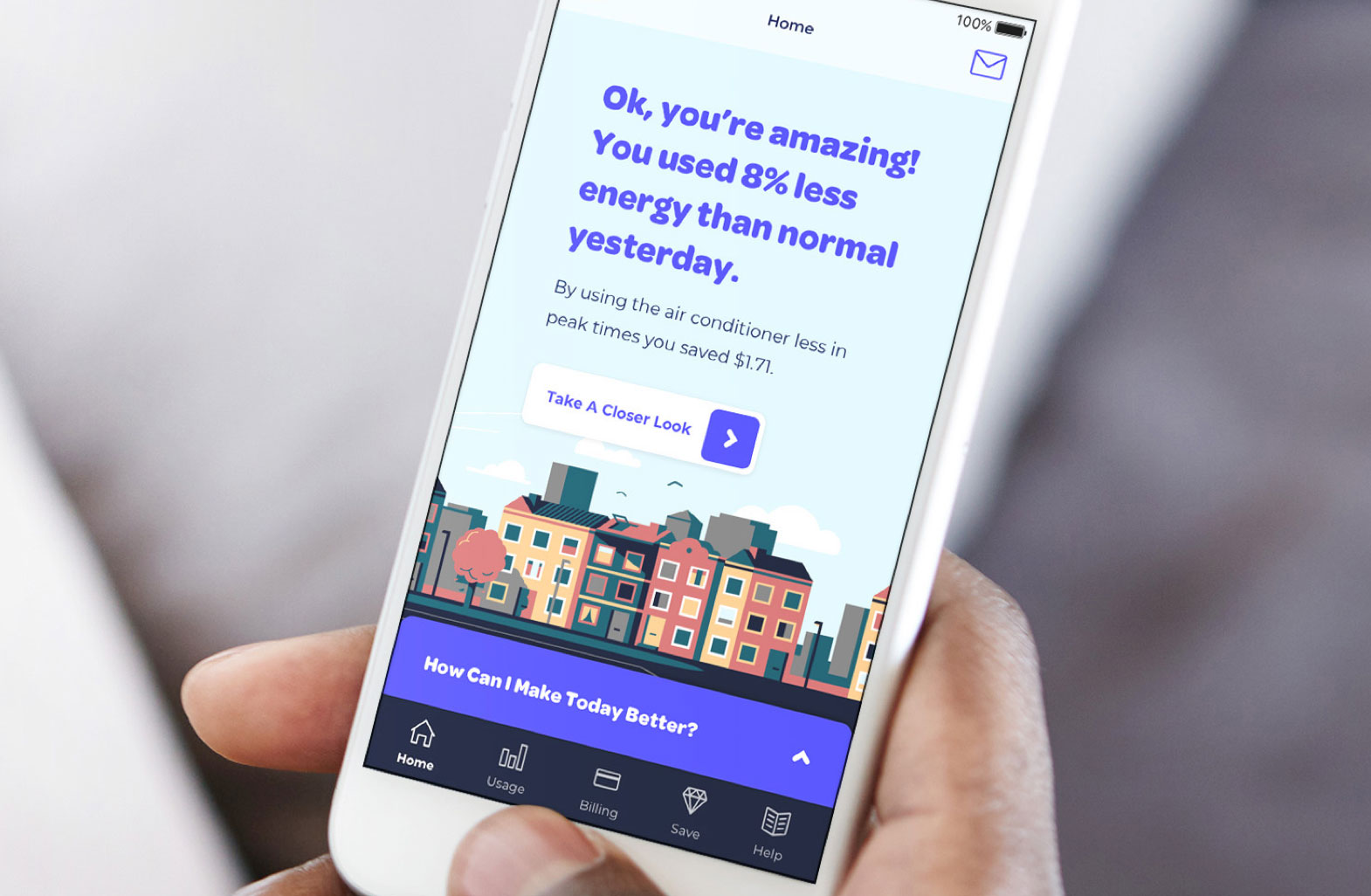Retail energy customers become prosumers when they generate their own power through resources, such as solar panels that can also be used to charge their electric vehicles. Prosumers have the opportunity to sell their excess power back to the grid.
As more households, institutions and businesses embrace renewable energy, they have the opportunity to become both the buyer and seller in a highly collaborative power supply system.
A customer-centric energy ecosystem is emerging
Consumers are beginning to embrace an emerging portfolio of renewable, AI-enabled energy resources. As a result, the world’s power grids are becoming more diverse and intelligent.
In the U.S. for example, a smart grid initiative funded by the Department of Energy has committed $4.5 billion in new infrastructure, including a large allocation for smart meter deployment.
The trend is rapidly going global. Earlier this year, the African Network of Excellence in Electricity (funded by the African Development Bank and the Agence Française pour le Dévelopement) met to refine its various smart grid initiatives, informed by presentations and lessons learned from Egypt, Algeria, Côte d’Ivoire, South Africa and Zambia. Customer awareness of smart grid technology is also expanding in Europe. Nearly all Italian consumers have smart meters and the European Union is promoting the installation of intelligent metering systems in 80 percent of European households by 2020.












